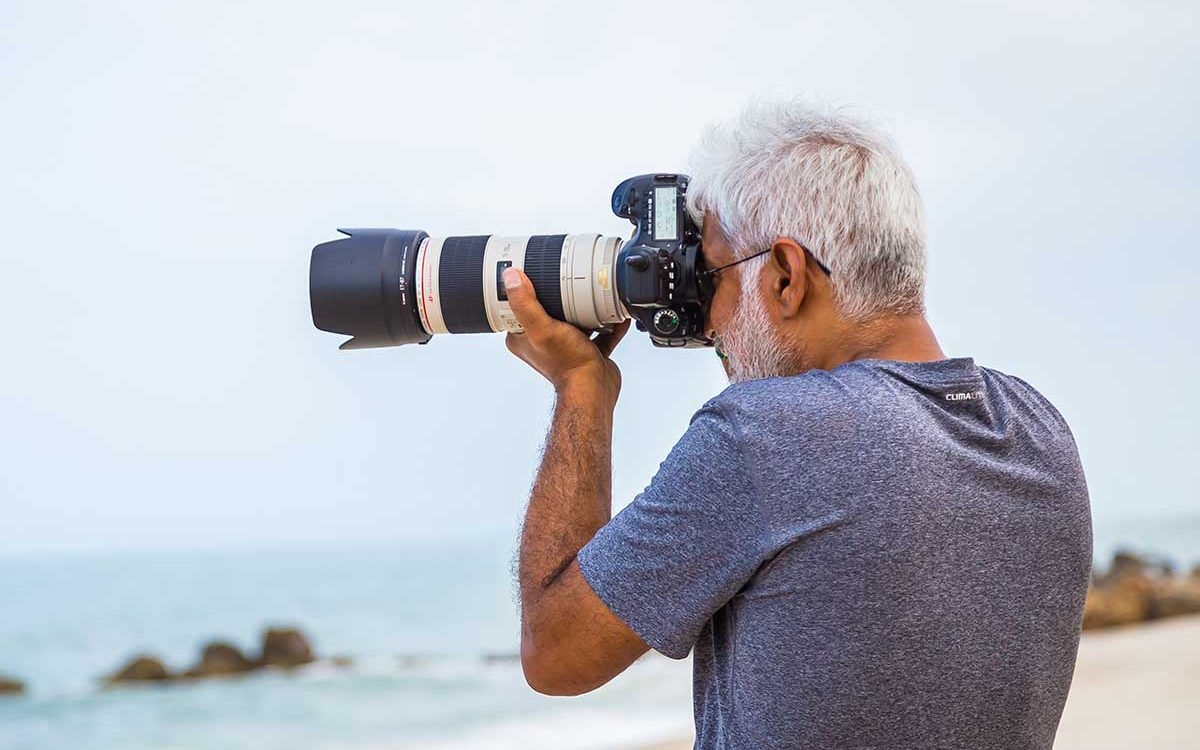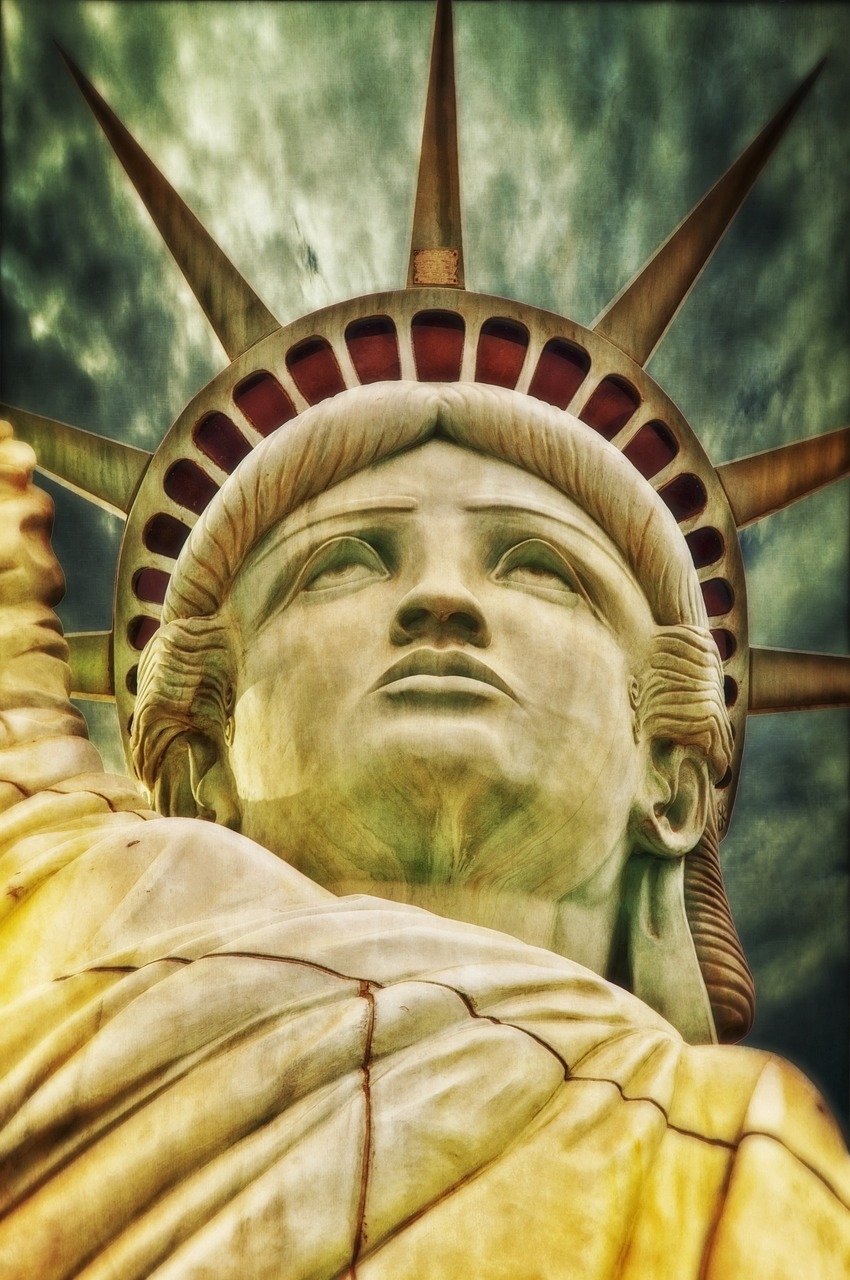I love taking photos of different places and cultures, and I want to share some of the best practices that I’ve learned over the years. Here are my 20 tips for travel photography:
1. Do your research before you go. Find out what are the most interesting and photogenic spots in your destination, and plan your itinerary accordingly. You can use online resources like Bing Travel, Lonely Planet, or TripAdvisor to get some inspiration.
2. Pack light and smart. You don’t want to carry a heavy backpack full of gear that you won’t use. Choose a camera that suits your needs and preferences, and bring only the essential accessories like batteries, memory cards, tripod, filters, etc. You can also use your smartphone as a backup or alternative camera, as long as you have enough storage space and a good editing app .
3. Be respectful of the local culture and people. Always ask for permission before taking photos of someone, especially if they are in a religious or sacred place. Learn some basic phrases in the local language to communicate with them, and show them the photos you took. You can also offer to send them the photos by email or social media if they want .
4. Capture the essence of the place. Don’t just take photos of landmarks and monuments, but also of the everyday life, the street scenes, the food, the markets, the festivals, etc. Try to show what makes the place unique and different from other places you’ve been to .
5. Use different perspectives and angles. Don’t be afraid to experiment with your composition and framing. Try to find unusual or creative ways to capture your subject, such as from above, below, behind, or through something. You can also use leading lines, patterns, shapes, colors, or negative space to create more dynamic and interesting photos .
6. Make use of the natural light. The quality and direction of light can make a huge difference in your photos. The best times to take photos are usually during the golden hour (the hour after sunrise or before sunset) or the blue hour (the hour before sunrise or after sunset), when the light is soft and warm and creates beautiful shadows and colors . Avoid taking photos in the middle of the day when the sun is harsh and overhead, unless you want to create a dramatic effect or use a flash or reflector.
7. Adjust your settings according to the situation. Depending on what you want to achieve with your photos, you may need to change your camera settings such as aperture, shutter speed, ISO, white balance, etc. For example, if you want to freeze motion, use a fast shutter speed; if you want to create a shallow depth of field, use a large aperture; if you want to reduce noise in low-light conditions, use a low ISO; etc. . You can also use different modes or presets on your camera or smartphone to suit different scenarios.
8. Take advantage of the weather and seasons. Don’t let bad weather stop you from taking photos. Sometimes rain, fog, snow, or clouds can create amazing atmospheres and effects that you wouldn’t get otherwise. You can also use different seasons to show how the same place can change over time, such as spring flowers, autumn leaves, winter snow, etc .
9. Tell a story with your photos. Don’t just take random shots of things that catch your eye but try to create a narrative or a theme with your photos. Think about what message or emotion you want to convey with your photos, and how they relate to each other. You can also use captions or titles to add more context or information to your photos.
10. Have fun and enjoy the moment. The most important tip for travel photography is to have fun and enjoy the experience. Don’t get too obsessed with taking perfect photos that you forget to appreciate the beauty and diversity of the world around you. Remember that photography is not only a way to document your travels, but also a way to express yourself and share your vision with others.
A good photo can make the remembrance of a trip more memorable if it captures the culture.
There are many factors that can affect the quality of your people photos, such as lighting, composition, posing, camera settings, and editing. Here are some general tips that can help you take better photos of people:
– Research and gather inspiration. Before you go out and take photos of people, it can be helpful to look at some examples of good people photography and see what you like and what you want to achieve. You can use online resources like Bing Travel, Lonely Planet, or TripAdvisor to get some inspiration. You can also create a mood board with images that inspire you and share it with your subject or client.
– Simplify everything. Don’t try to make your photos too complicated or cluttered with unnecessary elements. Choose a simple and plain background that will make your subject stand out. Use natural light whenever possible, especially during the golden hour or the blue hour, when the light is soft and warm. Avoid using flash unless you know how to use it properly. Use a tripod if you need to stabilize your camera or shoot in low-light conditions.
– Use the right camera settings. Depending on what kind of people photos you want to take, you may need to adjust your camera settings accordingly. For example, if you want to blur the background and focus on your subject, use a large aperture (small f-number) and a fast shutter speed. If you want to capture motion or freeze action, use a fast shutter speed and a high ISO. If you want to create a sharp and detailed image, use a small aperture (large f-number) and a low ISO. You can also use different modes or presets on your camera or smartphone to suit different scenarios.
– Pose your subject well. Posing is one of the most challenging aspects of people photography, but it can also make a big difference in how your photos look. The key is to make your subject feel comfortable and natural, not stiff or awkward. You can use some basic poses as a starting point, such as having your subject stand at an angle, cross their arms, tilt their head, or look away from the camera. You can also use props, such as a hat, a scarf, a book, or a flower, to add some interest and personality to your photos¹. You can also save some poses that you like on your phone for reference.
– Tell a story with your photos. People photography is not only about capturing how someone looks, but also about capturing who they are and what they feel. Try to convey some emotion or message with your photos, such as happiness, sadness, curiosity, confidence, etc. You can also use captions or titles to add more context or information to your photos. You can also create a theme or a narrative with your photos, such as showing how someone changes over time, how they interact with their environment, or how they express their hobbies or passions.
There are many possible poses for people photography, depending on the style, mood, and purpose of the photos. Some general tips for choosing good poses are:
– Use different perspectives and angles to create more dynamic and interesting photos. For example, you can shoot from above, below, behind, or through something.
– Make use of the natural light and the weather to create different effects and atmospheres. For example, you can use the golden hour or the blue hour to create soft and warm light, or use rain, fog, snow, or clouds to create dramatic or moody photos.
– Pose your subject well and make them feel comfortable and natural. For example, you can use some basic poses as a starting point, such as having your subject stand at an angle, cross their arms, tilt their head, or look away from the camera. You can also use props, such as a hat, a scarf, a book, or a flower, to add some interest and personality to your photos.
– Tell a story with your photos and convey some emotion or message. For example, you can use captions or titles to add more context or information to your photos. You can also create a theme or a narrative with your photos, such as showing how someone changes over time, how they interact with their environment, or how they express their hobbies or passions.
Some examples of specific poses for different types of people photography are:
– For female models, you can use poses that emphasize femininity and attractiveness. For example, you can have your model sit on the floor with her legs crossed, lean on a wall with her arms above her head, or lie on a bed with her hair spread out.
– For male models, you can use poses that emphasize masculinity and confidence. For example, you can have your model stand with his hands in his pockets, lean on a chair with his arms crossed, or sit on a stool with his legs apart.
– For couples, you can use poses that show their relationship and intimacy. For example, you can have them hug from behind, touch noses, kiss on the forehead, or hold hands. You can also have them do some fun activities together, such as giving a piggyback ride, dancing, or playing games.

Knowing your camera now is necessary, but whatever camera, lenses, or other equipment you wish to bring with you, it’s absolutely crucial to understand how to use it, which means returning to the basics understand how to rapidly set your focus points and use them. When you require a faster shutter speed, know how to convert into ISO mode, when you know you’ll need to take several photographs rapidly, even only understanding how to use the menu effectively so that you can switch to those functions because great travel photography frequently focuses on catching those moments that appear and disappear in a second, quick settings can be extremely crucial.
“Photographers don’t take pictures. They create images.”
– Mark Denman






